We chose to spend the first half of our gap year semester with the Living City Project (LCP) investigating the NYC food system, its inner workings, and the people and organizations that are fighting for justice and change within this system. We felt guided by one question specifically:
How can we build a sustainable and equitable food system that respects our diversity, nourishes our citizens, and protects our planet?
We chose to study food and the food system for a couple of key reasons. The NYC food system is a reflection of many social issues and dynamics at play in the city, as well as in many other urban settings across the country. Thus, it’s an incredibly telling lens through which to look at these issues. Food is also universal; everyone understands it, needs it, feels connected to it, and has a stake (pun intended) in the game. Because of its universality and the way it reflects much larger dynamics at play, it’s an accessible and important way for people to have a greater understanding of issues of race, equity, access, and environmental justice or injustice in their own city. On top of all of this, the pandemic has exacerbated the extremes of food access, which makes now an even more critical time to study these issues; while the wealthy haven’t struggled to feed themselves and their families during the pandemic, food access has become exponentially harder for those who were already struggling with food insecurity.
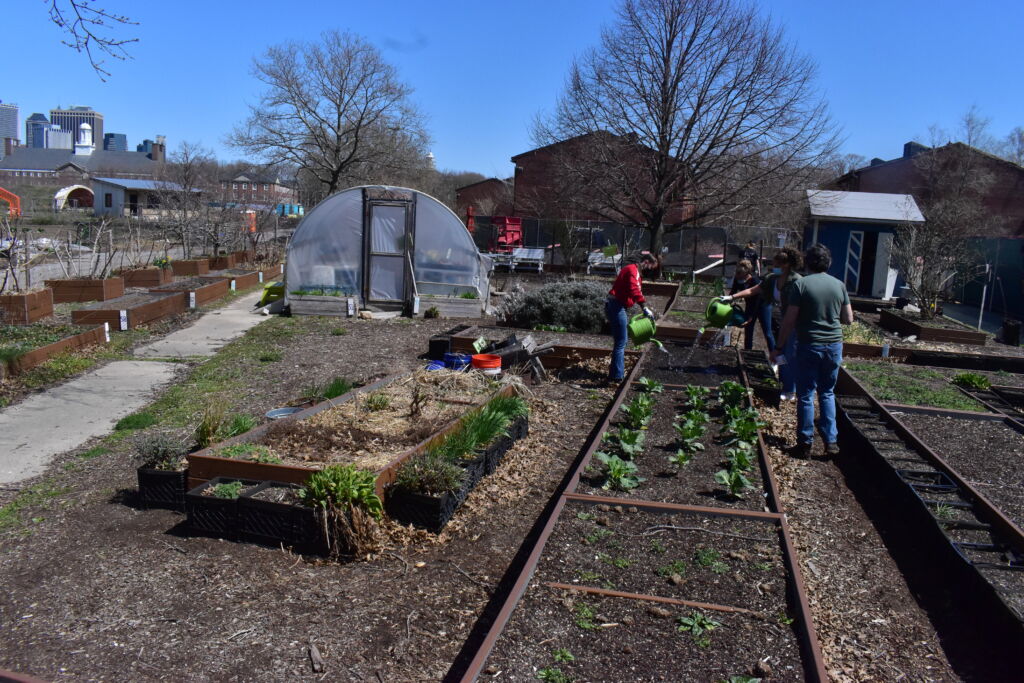
We chose to study food access, sustainability and diversity in NYC because of the historical and influential culture of the city. The diversity of cuisine in the city tells the fascinating stories of immigration and migration to New York City, and many of those patterns are reflected all over the US. In addition to having such a historically rich history with food migration, New York City is also one of the most influential cities in the US, if not the world. Not only does it reflect many of the food issues found elsewhere but, because of its influence, the approaches developed first by chefs, entrepreneurs, farmers, activists, and policymakers in NYC will likely spread to more locations all over the world in the coming years. Lastly, because of the way the city contains a multitude of diverse neighborhoods, the ability to study food from many divergent points of view gives us a broader perspective into how issues in the food system come about, whom they affect, and the different ways people are approaching solutions. We chose to study food here in New York because, in many ways, it feels like a starting point for addressing issues that affect us all.
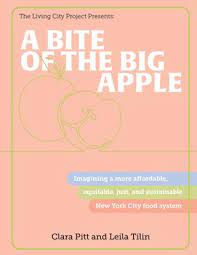
We chose the cookbook as a vessel for all that we’ve learned for two reasons: to reclaim the cookbook, as a means of creating change, and to utilize a format that fits the personal and inclusive way we want to tell this story. We wanted to assert the power of the cookbook, historically contained to the traditionally circumscribed female sphere.
We want to claim the cookbook as a platform for higher learning and communal education; one of learning through food. By formatting solutions we’ve learned about into recipes, not only are they more accessible to anyone who wants to read and learn, but they’re a more empowering, less daunting way to look at creating change in a flawed system. Lastly, through the cookbook format, we’ve been able to draw upon the various assets and wisdom of our partners in the community, combining stories, recipes, and theories of change into one whole.
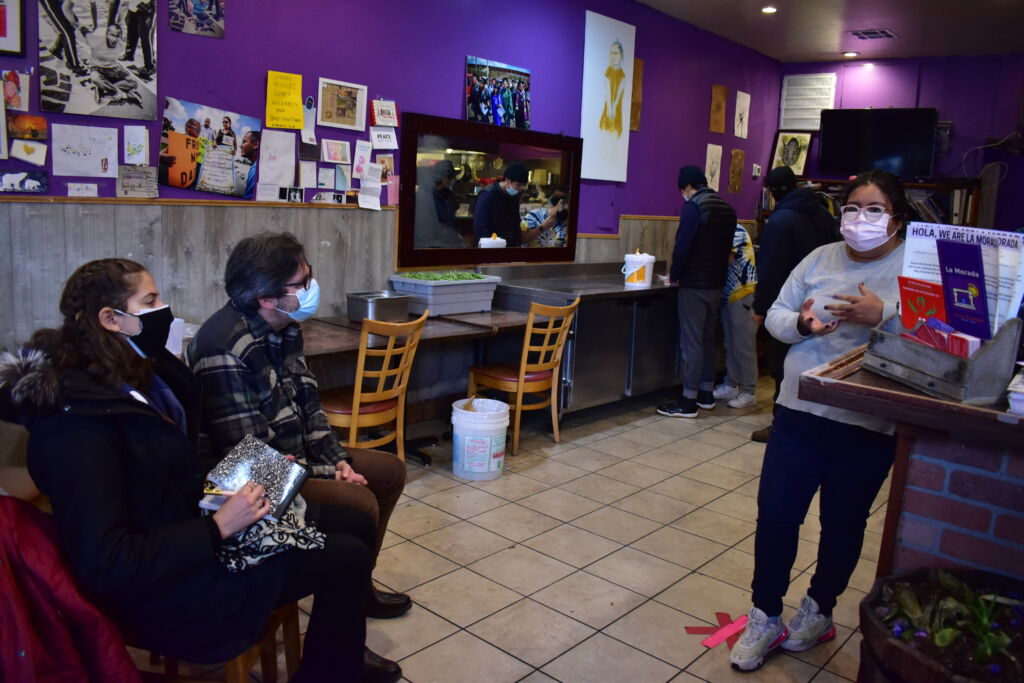
This cookbook is composed of two sections. In our first section, filled with family recipes from our community partners, we hope to shed some light on the stories of immigrants and migrants who have journeyed to New York: how these journeys have affected the recipes that have been passed down through generations; and how they have shaped the way NYC cuisine looks today. In this section, we look at the rich cuisine that makes up the New York City food scene, and the people who formed it.
In the second section of this book, we dive into the work that many individuals and organizations are doing to look at the injustices in the food system, and seek to capture how these reformers are working to address these issues moving forward. By speaking to and working with a number of inspirational organizations and individuals, we have composed a section of metaphorical “recipes” for bringing about change in a food system that does not serve its community as well as it might. We felt that by starting the cookbook with NYC food culture and food system, it would make the recipes for change in the second half that much more meaningful.
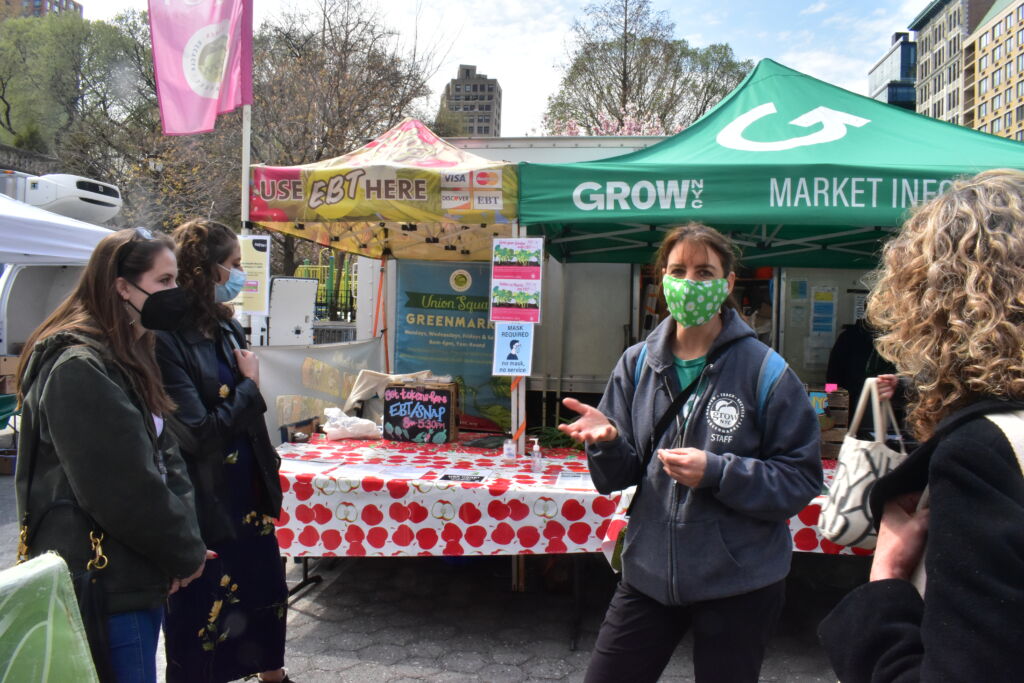
We wrote this cookbook by speaking with people all over New York and in all parts of the food system, from independent chefs, to restaurateurs, to mutual aid activists, to those at the heart of large-scale food distribution. From our partners, we were able to get a wide variety of perspectives on this system. That being said, we realize that there are narratives and people missing. Our race, our class, our status as short-term residents, have all influenced the way we see this system. In this cookbook, we present one small perspective on the NYC food system; it is by no means an official “guide” to understanding the food-related issues facing New York. There is much more to be learned, many more histories and stories to be told, and many more activists and organizations to be honored.
Our gap year semester experience was so much more than either of us could have expected. Not only did we grow as individuals and as critical thinkers, but we made connections that will stay with us as we continue to pursue our intellectual pursuits. Our cookbook is the culmination of a semester (and a bit extra time) of deeply intentional research, outreach, reflections, and imagination. The Living City Project, particularly the directors, Andy and Tanya, guided us with kindness, passion, and drive to create something that we never could have imagined.
You can read an online version of the cookbook here: A Bite of the Big Apple.
About the Authors
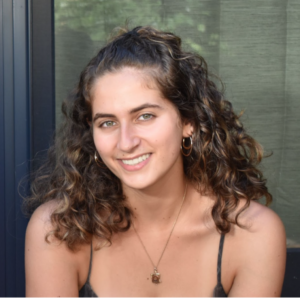 Clara Pitt is a Los Angeles native currently finishing her undergraduate degree at Vassar College. She is majoring in Environmental Studies and is passionate about Climate Communications and Food Justice. Clara participated in the Living City Project in the Spring of 2021, while taking time off from her undergraduate studies.
Clara Pitt is a Los Angeles native currently finishing her undergraduate degree at Vassar College. She is majoring in Environmental Studies and is passionate about Climate Communications and Food Justice. Clara participated in the Living City Project in the Spring of 2021, while taking time off from her undergraduate studies.
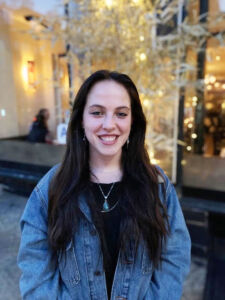 Leila Tilin is in her freshman year at Pitzer College in Southern California studying History and Middle Eastern Studies. Having spent time growing up both in Northern California and Austin, Texas, Leila is interested in studying U.S. history as a lens to understand the various places she has called home. Leila participated in CityGAP in the Spring of 2021 during a gap year after graduating from High School.
Leila Tilin is in her freshman year at Pitzer College in Southern California studying History and Middle Eastern Studies. Having spent time growing up both in Northern California and Austin, Texas, Leila is interested in studying U.S. history as a lens to understand the various places she has called home. Leila participated in CityGAP in the Spring of 2021 during a gap year after graduating from High School.
The Living City Project
The Living City Project (LCP) provides immersive, experiential programs in New York City in which young people engage with the city as classroom, laboratory, studio and community. Through experiential learning, LCP utilizes the cultural and civic assets of NYC in order to learn more about the urgent challenges that we face today. LCP looks at issues of economic crisis, systemic racial inequality, and climate change as ones that we address through deep partnerships and collaborative projects; the program looks at the city and these issues through five lenses – The form of the city, resilient city, the just city, city of memory, and city of creativity. Last year, we also added the additional lens of a global pandemic. By studying in the time of a worldwide health crisis, these issues have not only been intensified, but now, more than ever, must be addressed.
Categories
- Advising (7)
- Alumni (2)
- Career (5)
- College & University (15)
- Communication (17)
- DEIA (4)
- Fair Trade Learning (3)
- Finances (12)
- Gap Year Benefits (69)
- Growth & Development (9)
- Leadership (6)
- Learning & Reflection (56)
- Mental Health (4)
- Planning (61)
- Professional Development (5)
- Research (4)
- Risk Management (3)
- Safety (5)
- Service-Learning (10)
- Standards & Accreditation (1)
- Sustainability (6)
- Voices Project (20)
